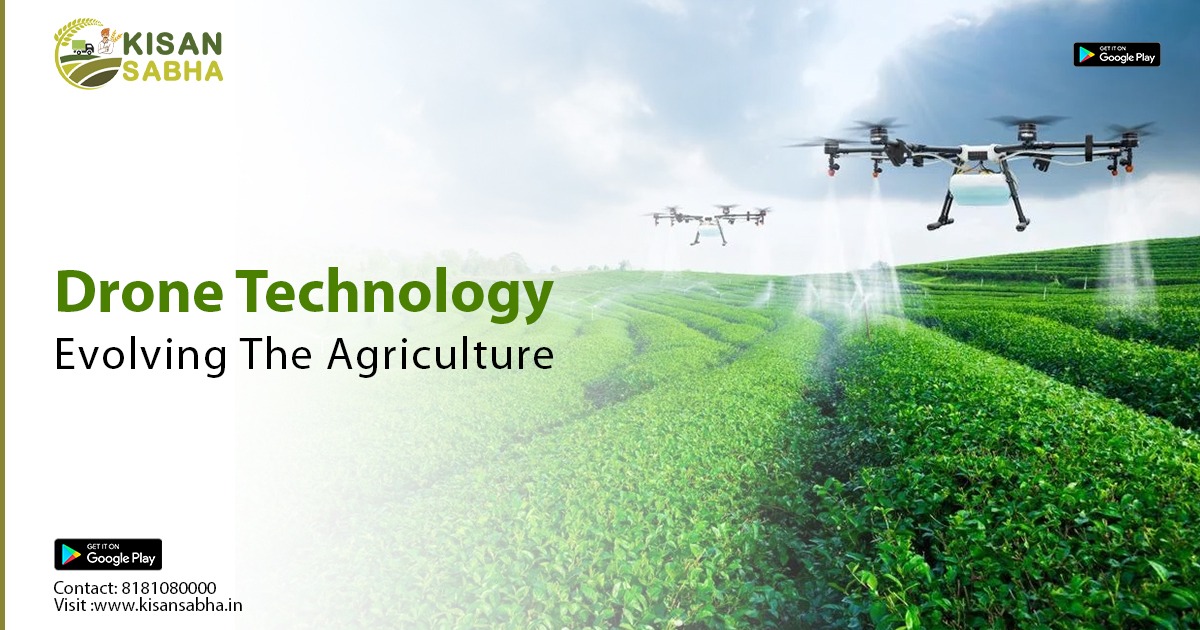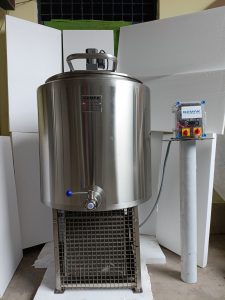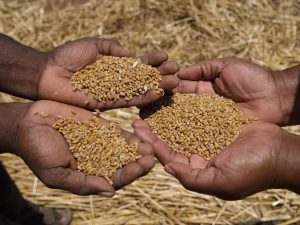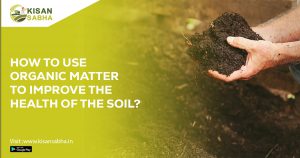Drones are being used in practically every sector of the economy, but the agricultural industry is exploding. According to some estimates, the agricultural drone market will expand from $1.2 billion in 2019 to $4.8 billion in 2024. Drone use on large and small size farms will become increasingly common in the next years, from reconnaissance to security. The information obtained by drones on farms is typically used to better influence agronomic decisions and is part of a system often referred to as ‘precision agriculture’.
Drones have already become an integral feature of large-scale precision farming operations in many places. The data obtained by drones recording fields helps farmers plan their planting and treatments to maximise harvests. According to some statistics, adopting precision farming technology can raise yields by up to 5%, which is a significant increase in an industry with generally thin profit margins.
In this article, we will look at some of the areas where drone technologies are already being utilised on farms, as well as some new agricultural drone technologies that are being investigated, as well as some of the steps and hurdles to mainstream drone use in agriculture.
Plant health monitoring and scouting
Plant health monitoring is one application for drone imaging that has already been widely used with remarkable effectiveness. Drones equipped with unique imaging equipment called Normalized Difference Vegetation Index (NDVI) employ detailed colour information to determine plant health. This enables farmers to keep an eye on crops as they develop so that any issues can be resolved quickly enough to save the plants.

Monitoring Field Conditions
The health of the soil and agricultural conditions are also being tracked through drone field
monitoring. Drones may deliver precise field mapping with elevation data, enabling producers to identify any anomalies in the area. Knowing the field elevation helps with drainage patterns and wet/dry patches, which enables more effective watering tactics. Using improved sensors, several agricultural drone sellers and service providers also provide soil nitrogen level monitoring. This enables nutrients to be applied precisely, reducing bad growing areas and enhancing soil health for many years.
Planting and Seeding
Seed planting is one of the more recent and less popular uses of drones in agriculture. Currently, automated drone seeders are largely utilised in the forestry sector, but a more broad application may be on the future. Drone planting makes it possible to replant inaccessible locations without putting workers in danger. With a team of two operators and ten drones that can plant 400,000 trees per day, they are also able to plant much more effectively.
Drone Pollination
Some of the more recent drone applications in farming are still in the testing and development stages. One of the most known (and frequently dramatized) uses is pollination drone technology. Researchers in the Netherlands and Japan are developing small drones that are capable of pollinating plants without damaging them. The next step is to create autonomous pollinating drones that will work and monitor crop health without constant instruction from operators.
Drone Irrigation
New research out of Australia is also creating exciting opportunities for drone use in agriculture. As climate change increasingly affects drought conditions, creating more efficient irrigation solutions is vital. Using microwave sensing, drones are able to capture very accurate soil health information including moisture levels without the plants getting in the way. This means water can be distributed in a field in the most efficient way in an effort to conserve resources.
Conclusion
Drones have already vastly altered the agricultural industry and will continue to grow in the coming years. Even though small farmers are finding drone use to be more beneficial, there is still a long way to go before drones are a standard piece of farming equipment, especially in developing countries. In many nations, there is a need to create or update laws governing drone use, and more study is needed to determine whether they are useful for applying and spraying pesticides, for example. There are various ways drones can be useful to farmers but it is crucial to understand their limitations and uses before investing in expensive equipment.
Read more at-www.kisansabha.in





